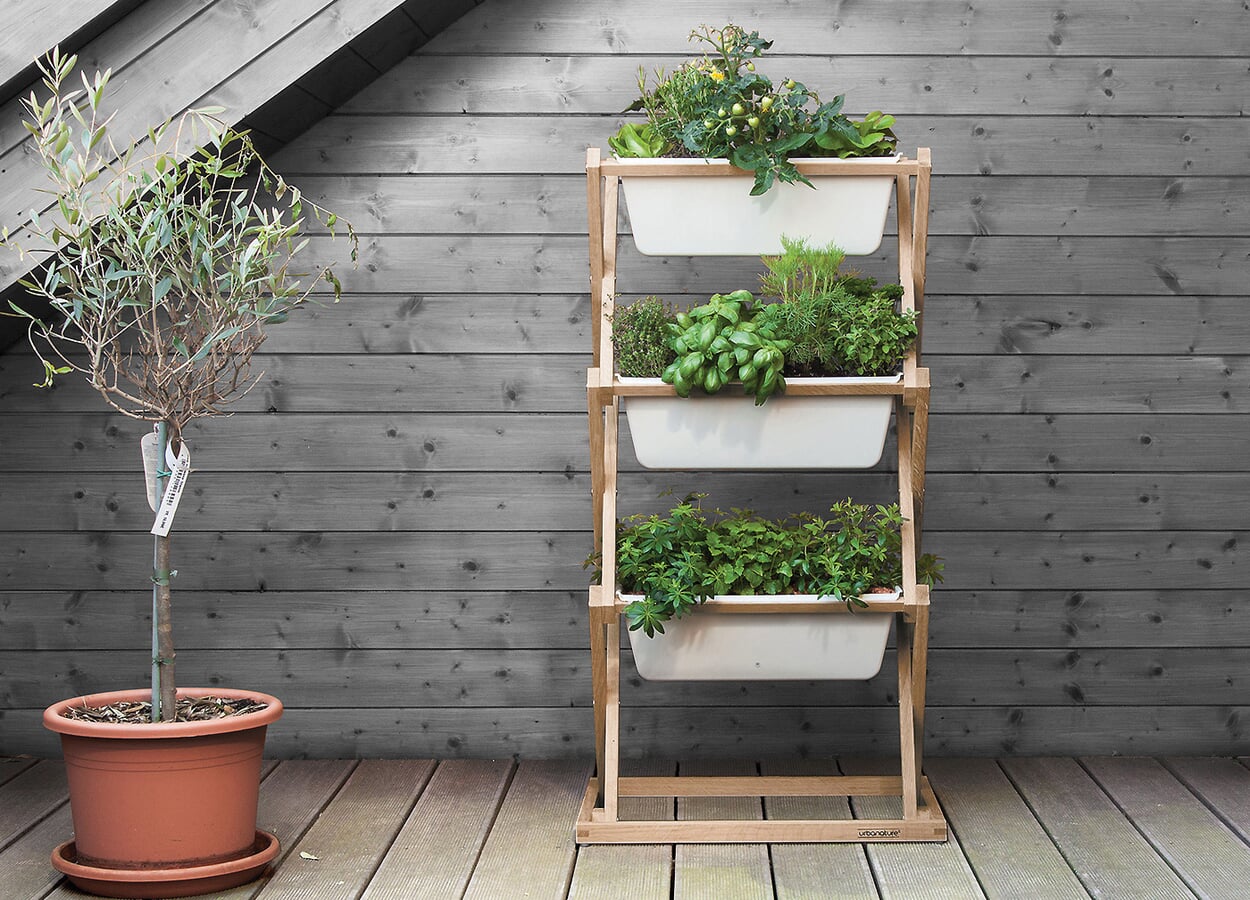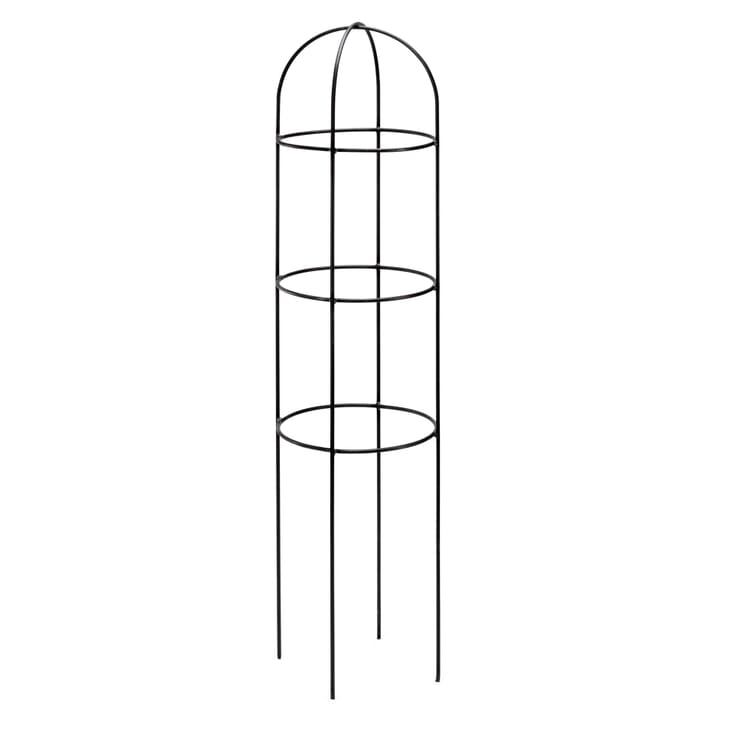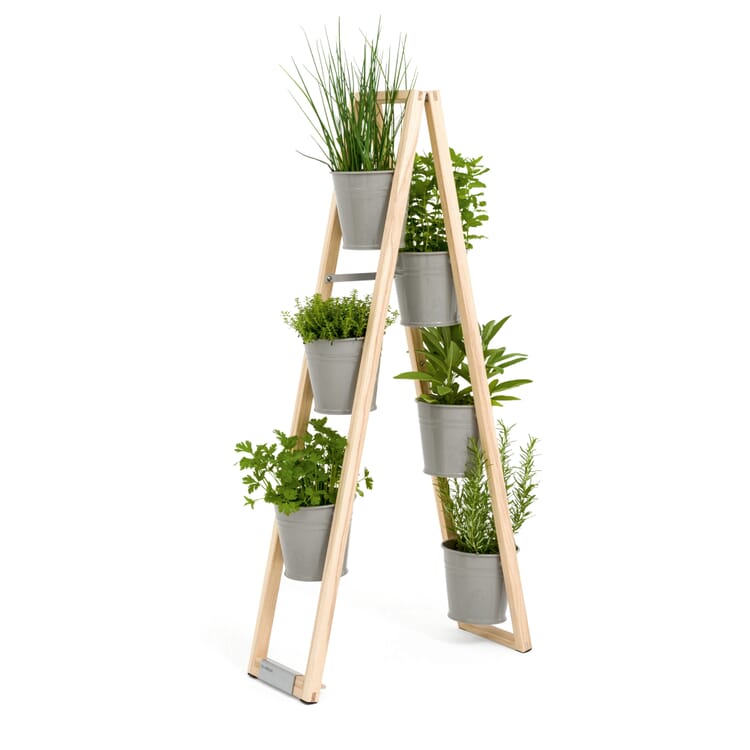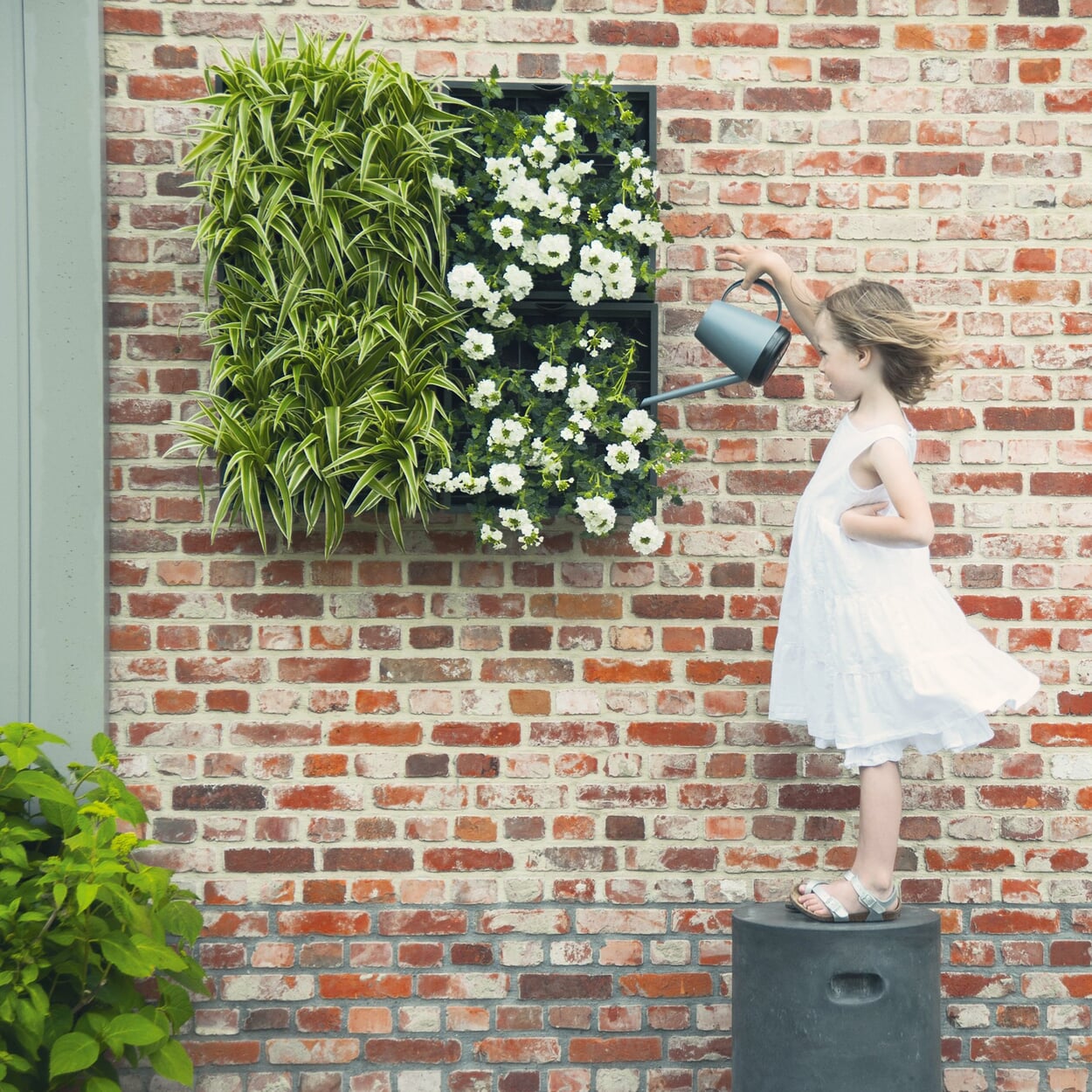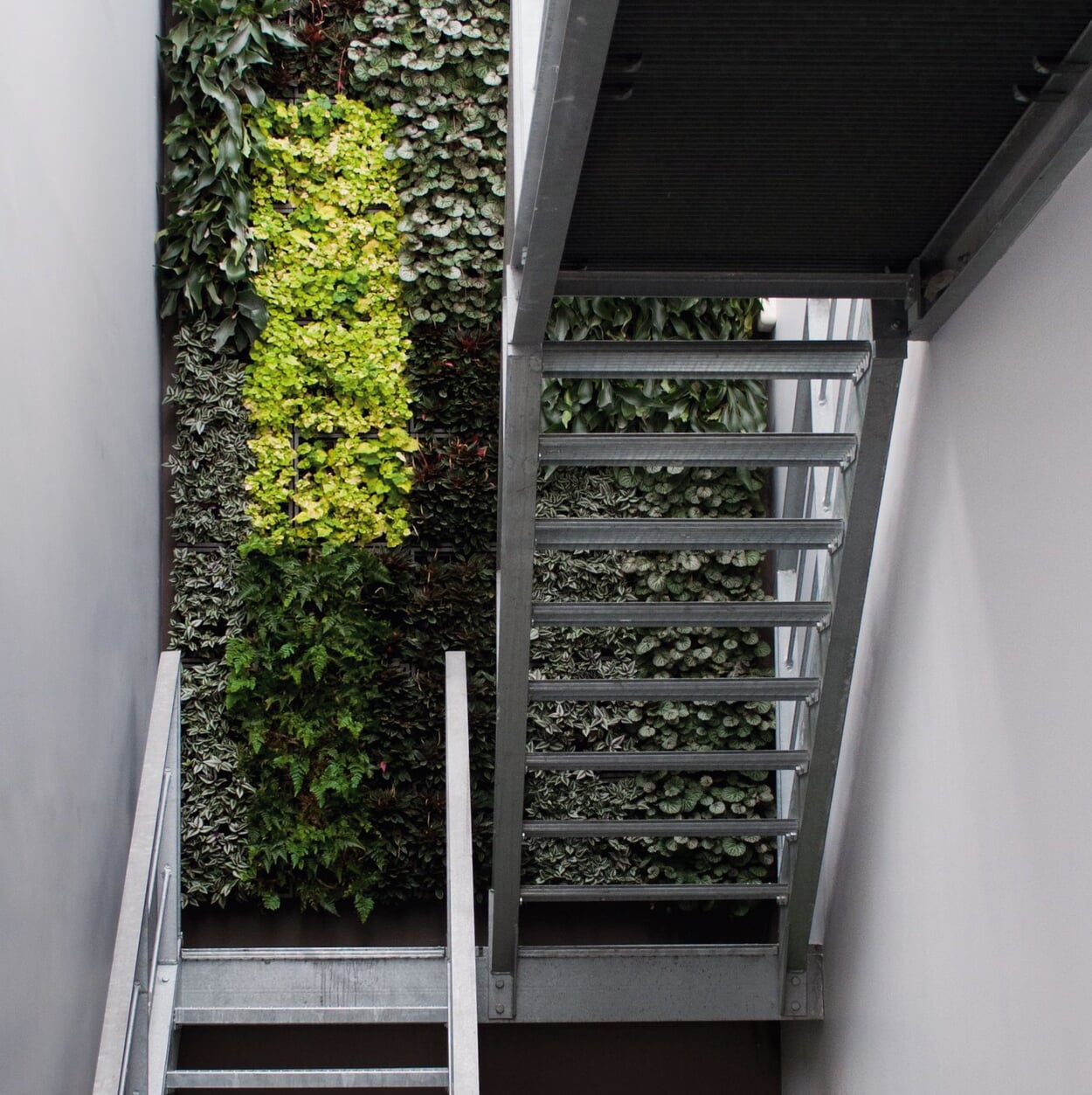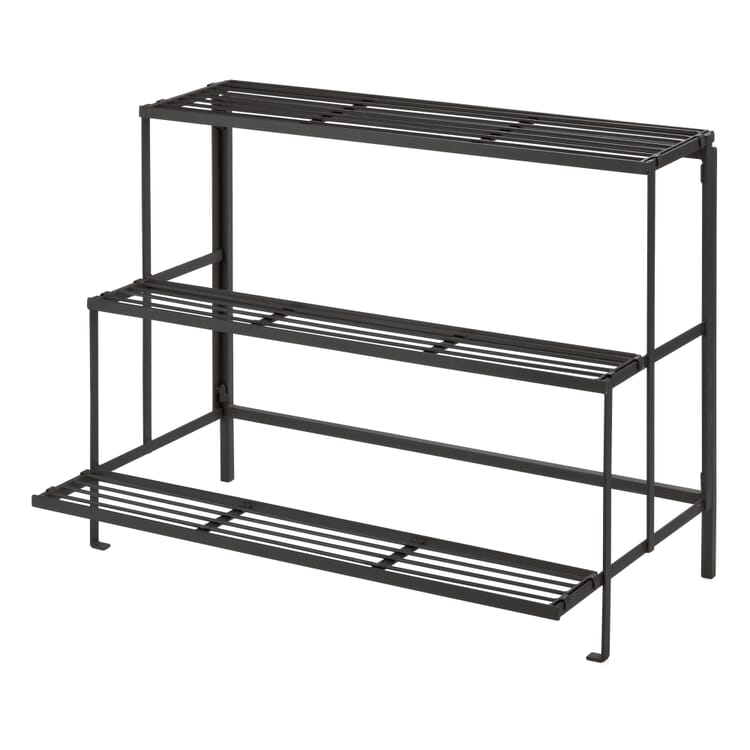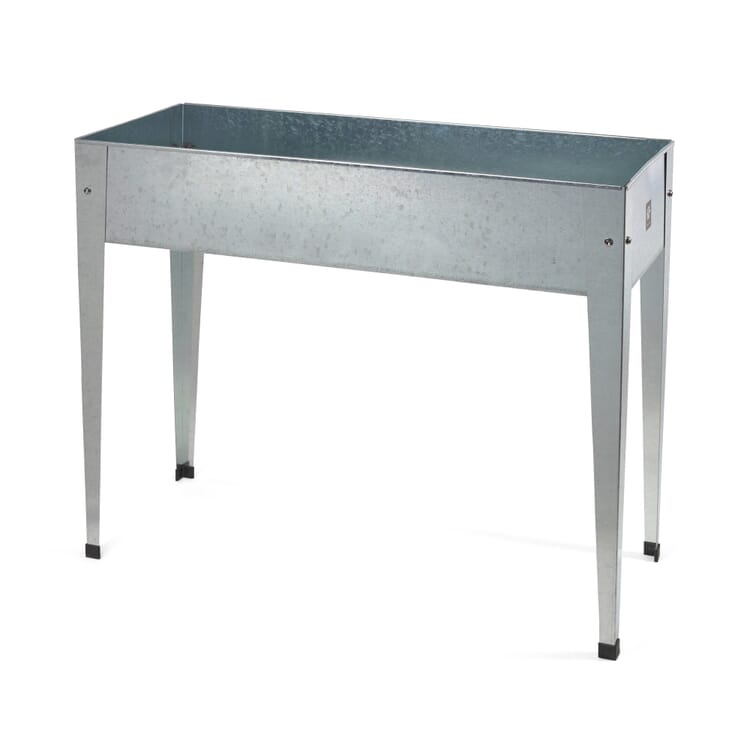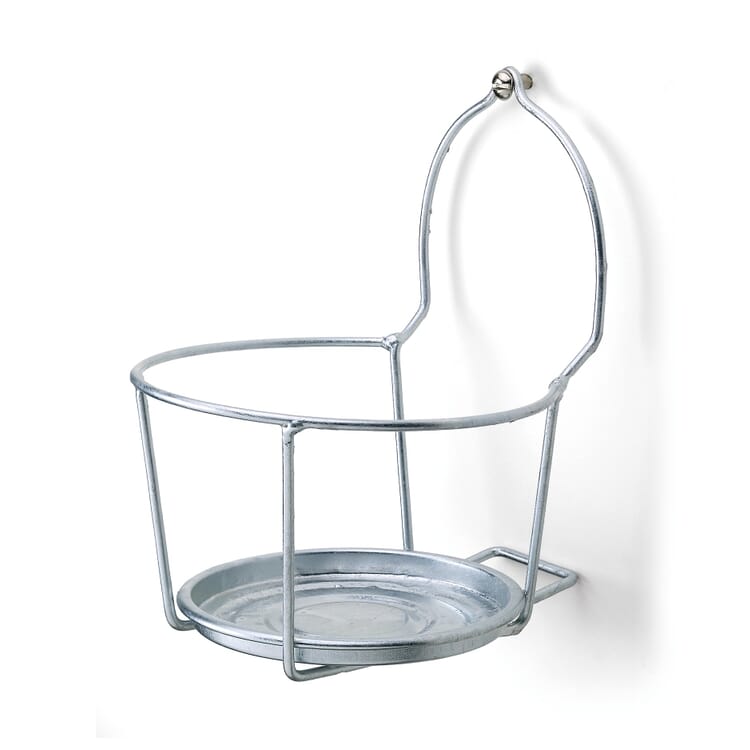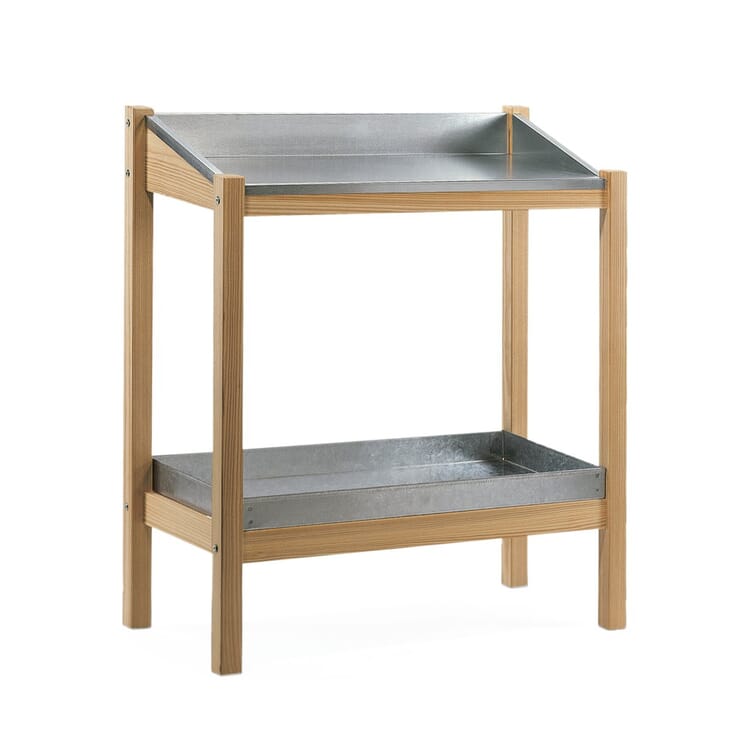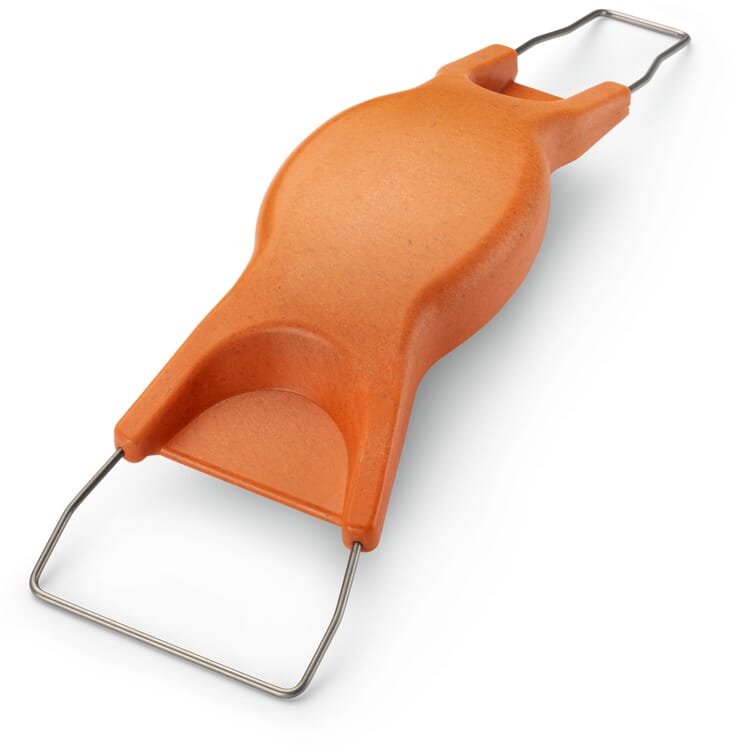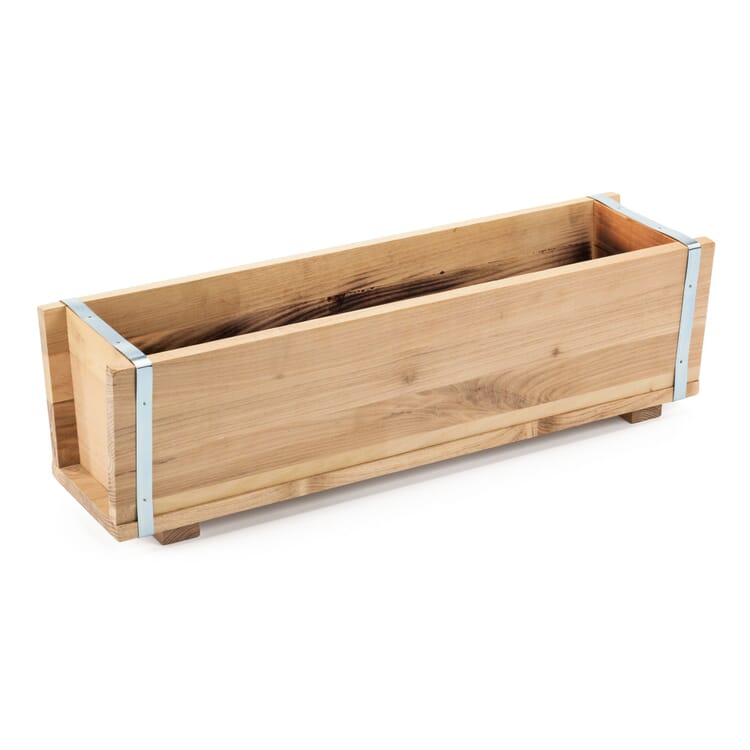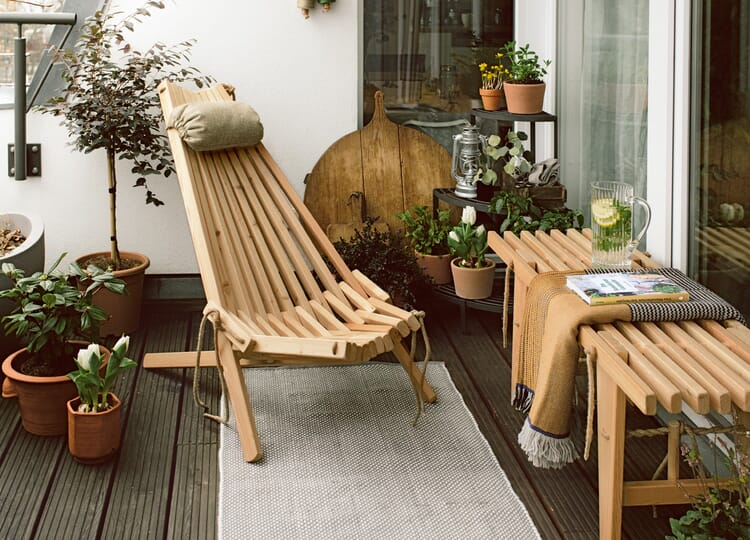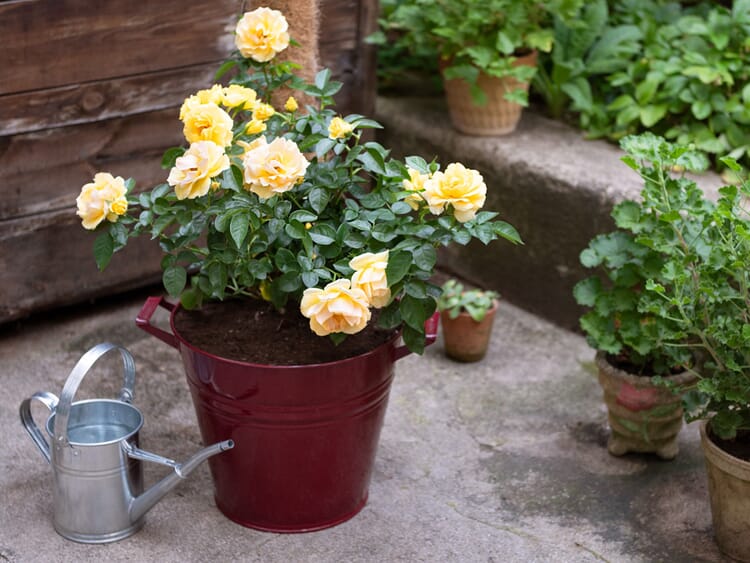Vertical gardening
An urban dweller is not necessarily excluded from the possibility of gardening. Today, the inner-city brownfields that the urban garden guerrillas of earlier years so persistently opened up to us have long been used in a variety of ways by community gardening initiatives. Even the classic allotment garden, long frowned upon, has gained in popularity - the waiting lists of many cities speak volumes. But even those who have a balcony, no matter how small, can enjoy the view of greenery and harvest their own vegetables and grow flowers in pots or tubs. There are almost no limits to the design possibilities, as there are now also intelligent vertical planting systems that can be used to plant greenery on the wall of the house or to create a privacy screen. Climbing aids open up additional space in the height.
In order to make the best use of the available floor space, it is advisable to use square or rectangular planters. With appropriate size, then even a mixed culture is possible, similar to the vegetable bed - especially if the space allows the installation of a suitable raised bed box. Wooden frames or those made of woven willow or hazel rods, filled with planting soil, can be placed as borders on the balcony or even still in the backyard on concrete, asphalt or gravel. Large containers have the advantage that a lot of soil fits inside. Thus, water and nutrients can be better stored in here and absorbed by the plants. They do not need to be watered daily, even in summer temperatures - and even less often if, as in the garden, mulching is done or the containers have a water reservoir.
Hanging gardens. Designed from seedling boxes
This clever planting system offers the urban gardener a welcome gain in space by allowing the wall of the house to be used for greenery in tight spaces - as is so often the case on urban balconies. (That is, if you don't want to use it as a design element in the living space or in the kitchen to create a herb bed. Both would be possible).
On balconies facing the shady side of the house, mobile containers make it easier to align with the sun and, at the onset of winter, to put away frost-sensitive perennials. The choice of suitable varieties is wide. However, it is advisable to choose plants with less spreading growth and smaller fruits for cultivation in pots and tubs. Tomatoes, peppers or eggplants will do well only on balconies with plenty of sun and warmth. Others rather poorly tolerate a drafty location and then give little yield. Grateful for growing in the balcony box are, for example, pluck or Asian lettuce, which still grow in any improvised container (and even on the windowsill).
Matching products
Recommended Topics
Not everyone has a garden where he can plant large fruit trees and berry bushes. But even those who have a terrace or balcony, do not have to do without homegrown fruits and vegetables. Because many varieties also grow in tubs.
View moreWhen choosing the right planter, you need to consider a few things. First of all, it depends on which plant is to be placed in it - roses, for example, root more in depth than in width and therefore require tall, rather slender vessels. Another criterion is the location: For outdoor containers, you should generally look for durable frost-resistant material, and for those made of metal, also for rust protection, and wooden containers should be made of durable, domestic woods.
View more
